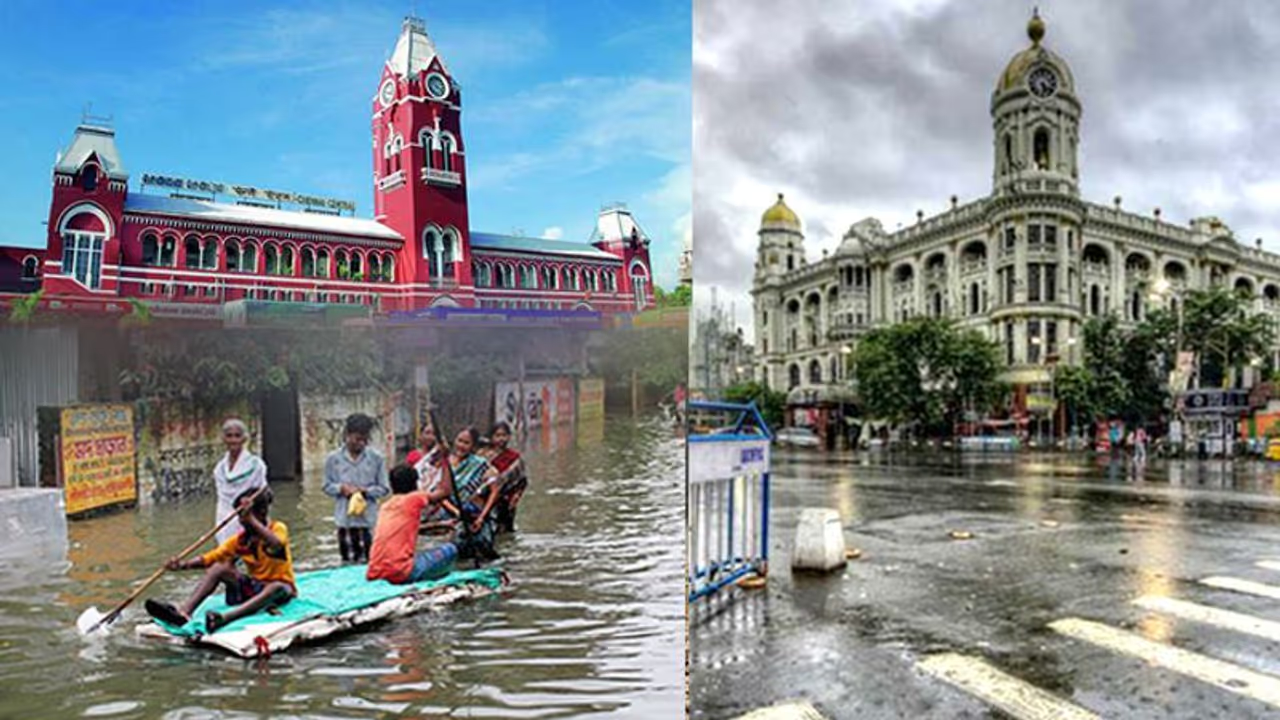As per a WWF study, Chennai and Kolkata rank first and second respectively in a list of 20 megacities facing a water crisis while financial capital Mumbai ranks 11 and national capital Delhi, 15.
Bengaluru: In a span of just four years, Chennai has seen both – worst floods and drought. While hundreds died owing to water gushing into living area in 2015, people are scurrying for water in 2019, presenting diametrically opposite situations. Excess or a lack of it, water does have a phenomenally major role to play in our lives.
As per a WWF study, Chennai and Kolkata rank first and second respectively in a list of 20 megacities facing a water crisis while financial capital Mumbai ranks 11 and national capital Delhi, 15.
The reasons attributed to such a calamity are mismanagement of river systems and shrinking of wetlands.
While river waters are crucial for mankind, they can’t be exploited. Simple solutions like efficient usage of the right kind of water for different purposes can go a long way in healing water crisis.
In one of his interviews to the media, Rajendra Singh, better known as the Water Man of India said, “Mismanagement of water is the main villain here. For example, majority of water of country’s mightiest river Ganga is used for agriculture purposes. This water can be saved as the C-class water or recycled water can be used in the farms.”
As regards shrinkage of wetlands (areas which capture and retain water for long periods of time), India has lost more than a third of its wetlands as many consider it to be ‘wastelands’. But in reality, it is a repository of sediments and keeps the environment cool.
But ultimately, everything boils down to the greed of humankind. Rampant urbanisation has left the environment in the state that is.
Floods and drought at two ends of the continuum mean humankind has invited the vagaries of Mother Nature. Just like fever in the human body indicates something is wrong, probably an infection, such cataclysms tell us we need to take on a course of healing.
“But is anyone really listening?” is the question environmentalists keep asking from time to time.
